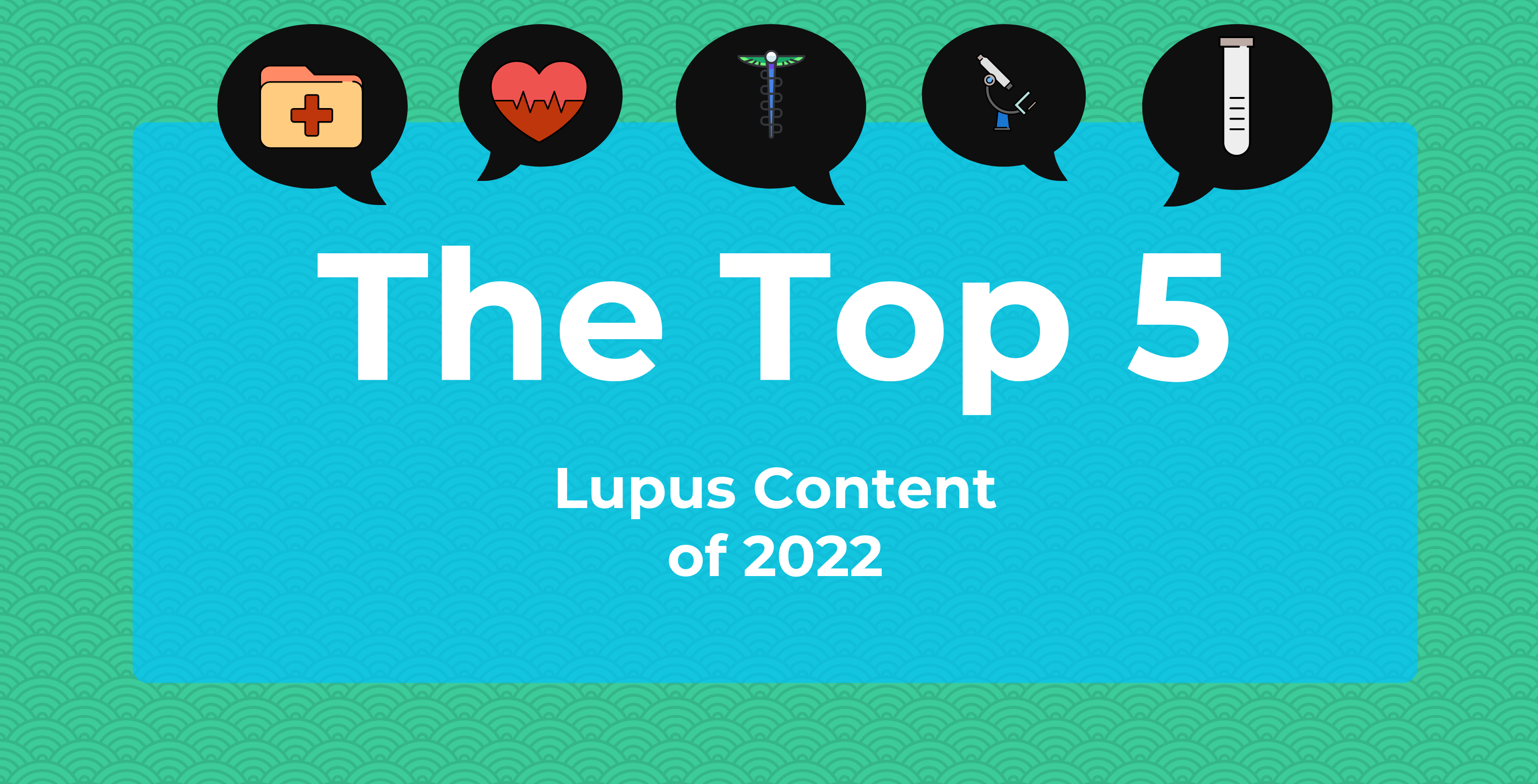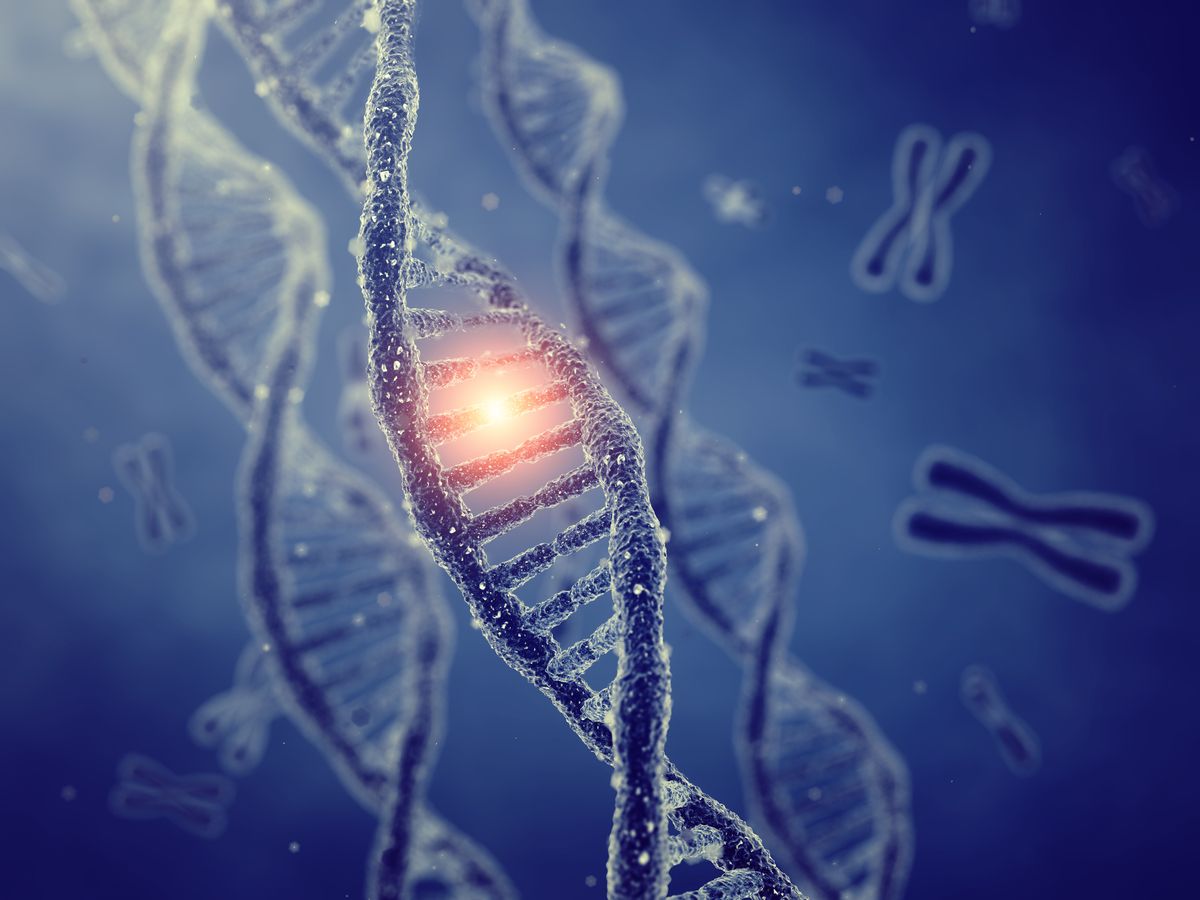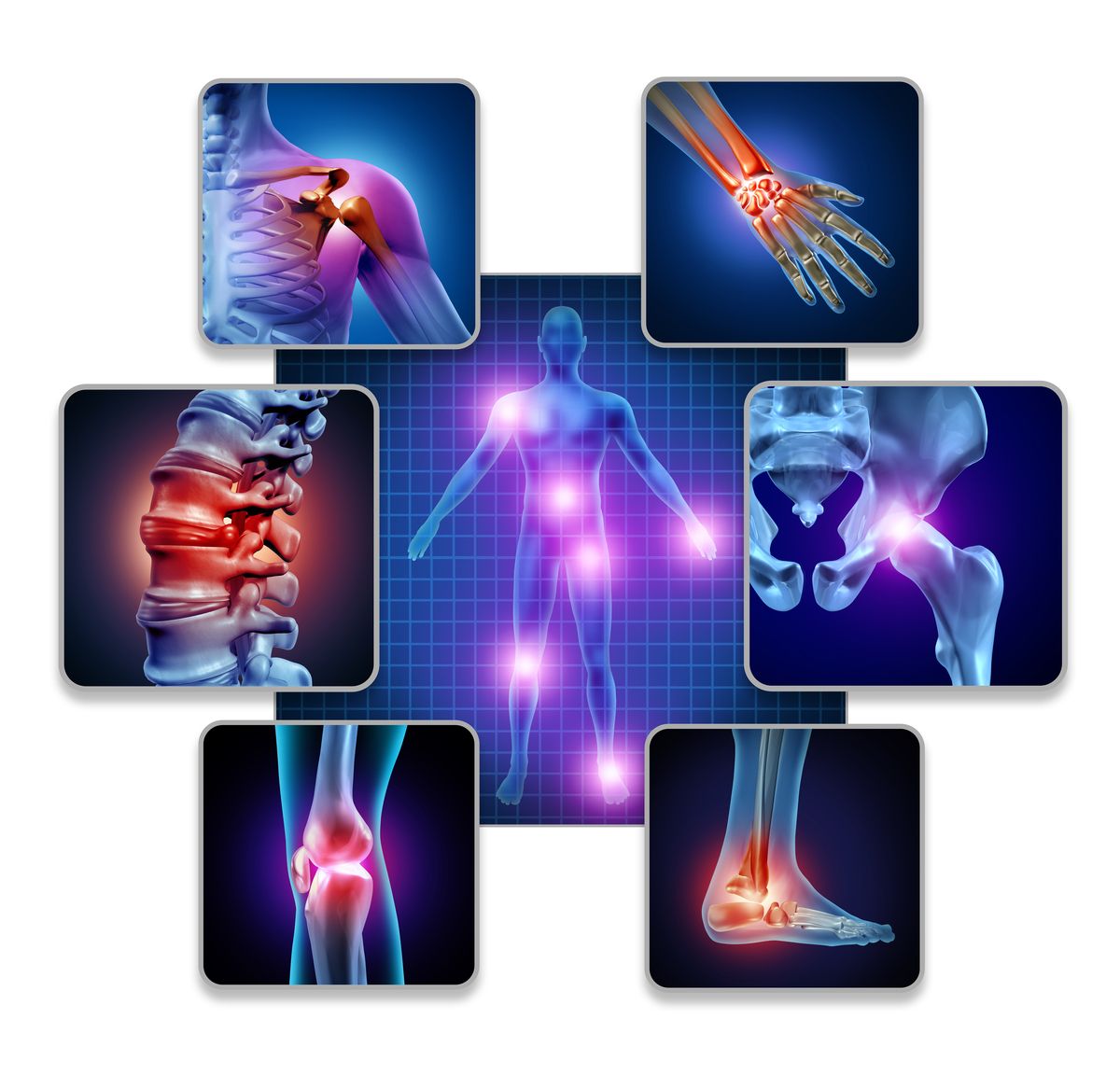Article
Investigators Find Potential Biomarker for SLE Severity
Author(s):
Patients with SLE had higher levels of Wnt5A if they were experiencing active disease.
Wnt5A protein may be a useful non-invasive biomarker for disease severity in patients with systemic lupus erythematosus (SLE), according to a new report.
The study, published in the journal Immunologic Research, suggests higher levels of Wnt5A in blood and urine samples can be indicative of SLE in general, and active disease in particular.
The origins of SLE are not fully understood, which makes diagnosing the disease and assessing its severity a difficult task, explained corresponding author Xiaoming Liu, PhD, of the University of Iowa, and colleagues. At present, they wrote that disease severity is often gauged based on clinical findings in the skin, joints, kidneys, and central nervous system, along with serological assessments of antinuclear antibodies (ANA), cytokines, and immune complex deposition.
“However, the various clinical symptoms do not always occur simultaneously and may develop at any stage of the disease,” the authors noted. “In the early stages, physicians from various disciplines often propose several differential diagnoses, or identify only one aspect of the disease without recognizing the symptoms as part of SLE.”
The authors said better biomarkers could potentially bring more clarity to diagnosis and monitoring of patients with SLE. The authors said Wnt signaling has recently emerged as a marker of disease pathogenesis for various diseases. Wnt5A is seen as a representative ligand activating Wnt signaling, making it a potential biomarker for SLE, they explained.
The authors proposed that Wnt5A might reveal disease characteristics and severity in patients with SLE, so they set out to compare blood and urine samples between patients and controls.
The authors used blood samples from 115 consecutive patients with SLE and urine samples from 128 consecutive patients with SLE. All of the patients sought care from a single medical center in China in the last half of 2019. In addition, plasma and urine samples were collected from 82 healthy controls. The authors used American College of Rheumatology criteria and the SLE Disease Activity Index to diagnose SLE and evaluate disease severity. All of the SLE-cohort patients were receiving standard therapy for SLE, and none were taking biologics.
The results showed clear associations between Wnt5A and SLE. In serum, patients with SLE had mean (SD) Wnt5A protein levels of 3.05 (0.26) ng/mL, versus 1.07 (0.09) ng/mL in healthy controls (P < .0001). Similarly, in urine samples, patients with SLE had Wnt5A levels of 2.93 (0.17) ng/mL, compared with 1.39 (0.08) ng/mL in the healthy controls (P < .0001). Moreover, the authors said Wnt5A levels were even higher in patients with active disease, compared with those with low disease activity.
“These results suggest that Wnt5A, as a summary measure for different inflammatory processes, could be a potential biomarker for accessing the disease activity, and a noninvasive biomarker for evaluating the disease severity in terms of cutaneous involvement in SLE patients,” the authors concluded.
Liu and colleagues said their findings were limited by their relatively small sample size and by the lack of any follow-up. One question for future investigation, they said, is whether therapy might affect Wnt5A levels in a way that blunts Wnt5A levels. They also added that most patients in their study did not undergo skin biopsies to confirm their pathological type. The investigators said further research will be needed to verify their findings.
Reference:
Chi S, Xue J, Chen X, Liu X, and Ji Y. Correlation of plasma and urine Wnt5A with the disease activity and cutaneous lesion severity in patients with systemic lupus erythematosus. Immunol Res. Published online December 3, 2021. doi:10.1007/s12026-021-09253-w





